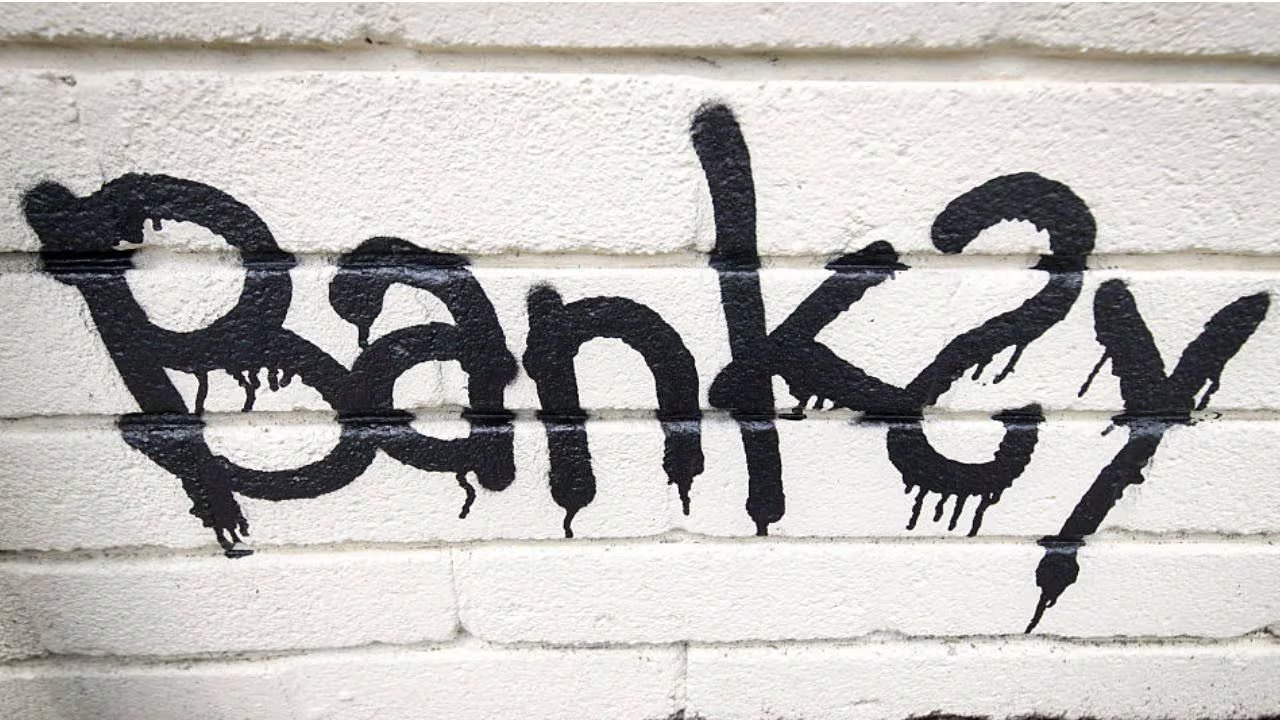
Robert Draws – Banksy’s Viral Walls have continued to inspire conversations, controversy, and admiration around the world. Known for his anonymity and politically charged street art, Banksy remains one of the most influential figures in modern visual culture. His works appear suddenly on public walls, often overnight, and capture urgent social issues in just a few strokes of spray paint. These murals are not just graffiti but a form of visual commentary that cuts through global news cycles. Without revealing his identity, Banksy manages to express what many feel but cannot articulate. Whether it is a commentary on capitalism, war, surveillance, or inequality, his art speaks loudly in silence. The viral nature of his works has been accelerated by social media platforms where each new piece is photographed and shared globally within hours. This unique blend of mystery, artistry, and message keeps Banksy relevant year after year.
One key aspect that makes Banksy’s Viral Walls stand out is the artist’s strict anonymity. While many speculate about his true identity, it has never been officially confirmed. This mystery allows the focus to remain on the message rather than the messenger. The anonymity also challenges the commercial art world, where artist branding often outweighs substance. Each new Banksy piece is discovered, documented, and debated by fans, critics, and journalists alike. The value of his murals often skyrockets once identified as authentic Banksy creations. Despite this, many of his works remain accessible to the public in their original outdoor locations. By removing ego from the equation, Banksy amplifies the issues he represents. It is a bold reminder that art does not need a signature to speak with power. The walls painted by Banksy have become platforms for storytelling, protest, and emotional resonance.
“Read about: French Impressionism Shines in Melbourne’s NGV International Exhibition”
Banksy has used city walls as canvases for some of the most pointed political commentary of the 21st century. His subjects include child labor, police brutality, climate change, refugee crises, and consumerism. These murals are placed in high-traffic or emotionally significant areas to create maximum visibility. Rather than using galleries or museums, Banksy chooses public spaces where his messages reach everyday citizens directly.
By placing art outside institutional settings, he brings attention to those who are often overlooked by the art world and society. Sometimes his work is removed or vandalized, but that too becomes part of the message. In many ways, the temporary nature of graffiti adds urgency to the social issues he highlights. As cities become increasingly digital and controlled, Banksy’s murals reclaim physical space for discourse. The art invites passersby to reflect and react, not just observe. Every wall is turned into a statement and every message into a movement.
“Read more: Fighting Human Trafficking: ASEAN Reinforces Migrant Safety Measures”
Banksy’s rise has helped elevate street art from criminalized activity to respected creative expression. What was once dismissed as vandalism is now viewed as legitimate social critique. Artists around the world cite him as a major influence, not only for his style but for his approach to content. His works challenge traditional notions of ownership, legality, and permanence in art. Cities that once painted over graffiti now protect Banksy’s murals with glass frames and security systems. The shift reflects a growing appreciation for public art that tells uncomfortable truths. His legacy can be seen in the rise of politically engaged artists in cities from São Paulo to Seoul. Even art institutions have had to reckon with his presence, often exhibiting his works despite his critique of the art market itself. Banksy has redefined what it means to be an artist in a world where voices are often silenced or commodified.
Although Banksy’s work is physically rooted in city walls, its impact has been supercharged by the internet. Each new piece is quickly shared across social media platforms like Instagram, X, and TikTok. Fans document the locations, speculate about meanings, and repost images that reach millions within hours. This rapid dissemination transforms local acts of creation into global cultural events.
The digital era allows Banksy’s commentary to reach far beyond the street corners where it begins. However, the internet also presents challenges such as misattribution or the commodification of his ideas through unofficial merchandise. Banksy has often addressed this tension by creating works that mock internet culture or mass production. Still, the power of digital visibility remains undeniable. Online platforms serve as amplifiers, turning walls into screens for the world to see. In the age of rapid content, Banksy’s Viral Walls prove that visual storytelling still holds a place in public consciousness.